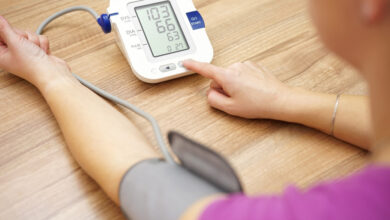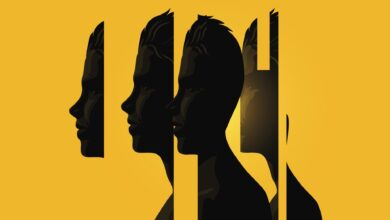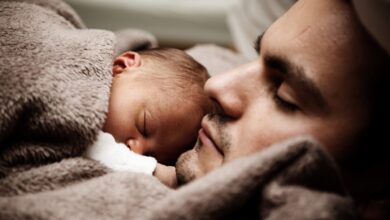Sports have always been an integral part of the American culture. From a young age children are encouraged to participate in sports, especially in school where the athlete’s potential can be fostered and encouraged ultimately working toward a sports scholarship to college. However, as these athletes age – although more fit than most individuals who do not practice sports on a regular basis – they often are more prone to having difficulties with their bones, tendons and joints because of the extra burden they have put on their bodies after years of constant strain on their bones and muscles. Older athletes no longer have the agility they once had and through the years minor injuries accumulate later becoming major ones.
Everything Changes as We Age
Although it seems more common these days to see the older generation staying active and keeping in shape – some even remaining active participants in sports – the natural aging process will inevitably result in decreased physical capability. Regardless of how much an individual works out or how healthy that person may be, this process will happen, to some degree, to everyone. Not just the bones and joints suffer, but the overall functions of other organs are also affected, which ultimately affects athletic performance. For instance, aging causes a decrease in heart rate and the amount of blood the heart is able to pump, thus limiting performance. The lungs are also affected as people age. The ability of the lungs to process the oxygen to the bloodstream decreases as well the overall lung capacity, which results in less strength and endurance for the athlete. In addition, as people age, there is a definite reduction of blood flow to the brain, which is directly related with reduced reaction time. There is also loss of muscle mass and strength – all of which can increase the risk of injury.
Common Injuries
The most common injuries on the aging athlete are the result of general musculoskeletal problems, which are normal to the aging individual. The loss of bone density comes hand-in-hand with aging, particularly for women, creating a higher risk for bone fractures. Although the loss of bone density cannot be entirely prevented, it can be reduced through regular exercise. Another common issue is the decrease in flexibility and increased stiffness caused by collagen’s structural changes in the ligaments and tendons. Thus, lack of flexibility places added stress, while exercising on the hips, knees and other joints resulting in the gradual damage of the joints. According to Dr. Michael K. Riley, Board Certified Orthopaedic Surgeon, at The Orthopaedic Institute in Ocala, the older athlete has a higher predisposition to chronic injuries, adding that the most common injuries in the aging athlete are related to overuse and repetitive microtrauma. For instance, golfers’ most common issues are problems with the rotator cuff, medial epicondylitis, which is an injury that affects the tendons in the elbow due to overuse, and inflammation of wrist tendons. Rotator cuff tears are also very common among tennis players and for those softball players – watch out for muscle strain and meniscal tears. Lastly, aging athletes who have been training most of their lives are certainly more vulnerable to developing osteoarthritis, which is the degeneration of the weight bearing joints, than the common folk.
Read more sports tips in our May 2013 issue.






